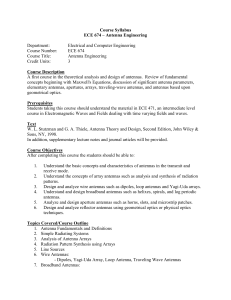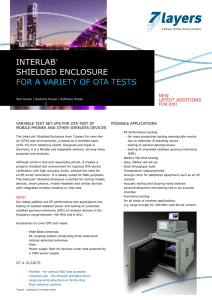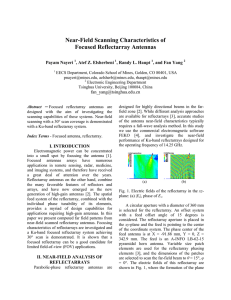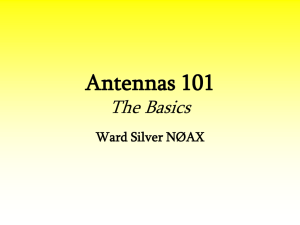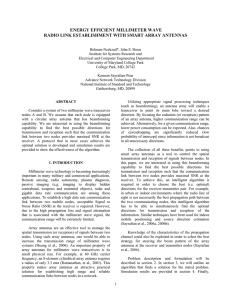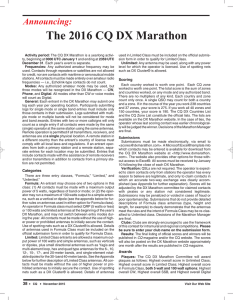PH 317 February 3, 2004 Name______________________ Box _____
advertisement
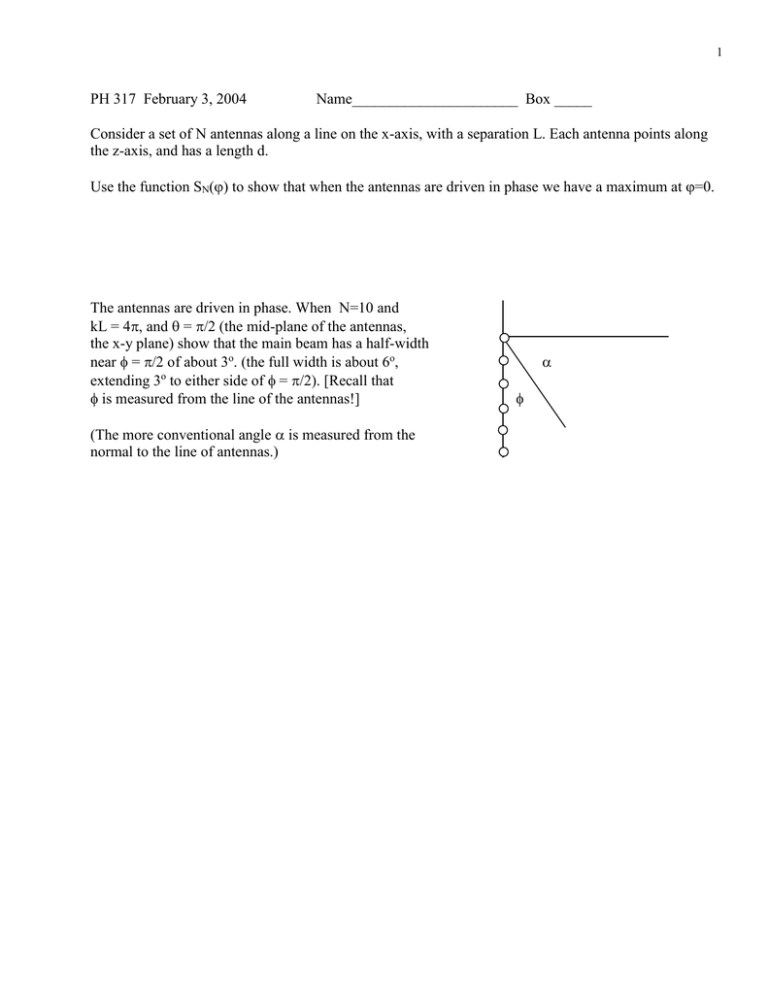
1 PH 317 February 3, 2004 Name______________________ Box _____ Consider a set of N antennas along a line on the x-axis, with a separation L. Each antenna points along the z-axis, and has a length d. Use the function SN() to show that when the antennas are driven in phase we have a maximum at =0. The antennas are driven in phase. When N=10 and kL = 4, and = /2 (the mid-plane of the antennas, the x-y plane) show that the main beam has a half-width near = /2 of about 3o. (the full width is about 6o, extending 3o to either side of = /2). [Recall that is measured from the line of the antennas!] (The more conventional angle is measured from the normal to the line of antennas.) 2 Find the value of for us to observe the next 'side lobe' to the main lobe. (The angle at which the first main side lobe exists). Show that the second side lobe occurs at = 0, or = /2. 3 The 10 antennas still have kL = 4. Now they are driven so that a phase difference exists between each adjacent antenna ( between 1 and 2, between 2 and 3, etc.) When the phase difference between antenna elements is = -/3, find the angle at which we have the main lobe maximum [ it will no longer be at = /2, or = 0 ]. Determine the spacing L between each of the 10 antennas so that the large side lobes will be suppressed, and the main lobe will have a half-width of less than 10o.

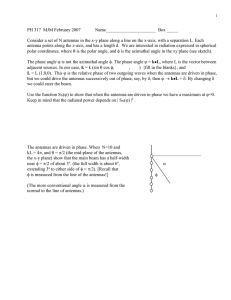

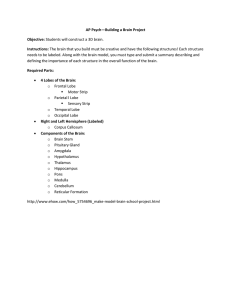
![EEE 443 Antennas for Wireless Communications (3) [S]](http://s3.studylib.net/store/data/008888255_1-6e942a081653d05c33fa53deefb4441a-300x300.png)
